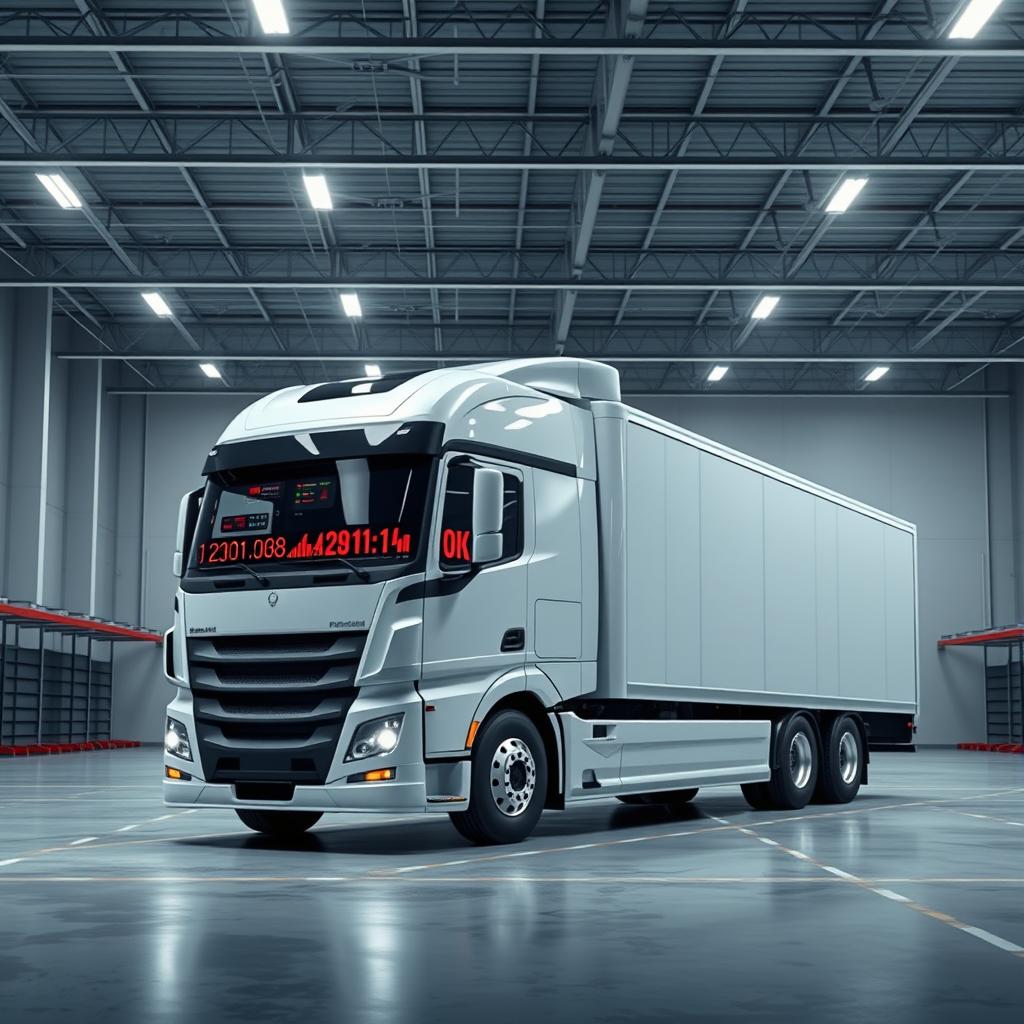Revolutionizing Fleet Management: A Complete Guide to Paperless Trucking Solutions
In today’s fast-paced logistics industry, digital documentation trucking systems have become essential for fleet operators looking to streamline their operations and stay competitive. As the transportation sector continues to evolve, the shift from traditional paper-based processes to digital solutions is no longer optional – it’s a necessity for survival and growth.
Understanding Digital Documentation Systems in Trucking
The transition to paperless operations represents a fundamental shift in how trucking companies manage their day-to-day activities. Digital documentation systems integrate various aspects of fleet management, from driver logs to delivery confirmations, creating a seamless flow of information across the entire operation.
Modern digital solutions offer several key advantages:
• Real-time data access and sharing
• Reduced administrative overhead
• Improved accuracy and compliance
• Enhanced security and backup capabilities
• Better environmental sustainability
Top Paperless Solutions in the Market
1. Electronic Logging Devices (ELDs)
ELDs have become mandatory for most commercial carriers in the United States, according to the Federal Motor Carrier Safety Administration (FMCSA). These devices automatically record driving time and hours of service (HOS), replacing paper logbooks with digital records that are more accurate and harder to falsify.
Key features include:
• Automated hour tracking
• Real-time GPS location monitoring
• Vehicle diagnostic information
• Direct communication with dispatch
• Compliance reporting tools
2. Transportation Management Systems (TMS)
A comprehensive TMS serves as the backbone of digital documentation trucking systems, offering end-to-end visibility and control over operations. These platforms typically include:
• Route optimization
• Load planning and dispatch
• Document management
• Billing and invoicing
• Performance analytics
3. Mobile Apps and Driver Portals
Mobile solutions have revolutionized how drivers interact with back-office systems. Modern apps provide:
• Digital proof of delivery
• Electronic bill of lading
• Real-time communication
• Expense tracking
• Safety protocols and checklists
Comparing Leading Paperless Solutions
When evaluating different solutions, consider these crucial factors:
Integration Capabilities
The best systems offer seamless integration with existing software and hardware, including:
• Accounting software
• Fuel cards
• Maintenance systems
• Customer relationship management (CRM) tools
• Third-party logistics platforms
Ease of Use
User-friendly interfaces are essential for both drivers and office staff. Look for:
• Intuitive navigation
• Minimal training requirements
• Mobile responsiveness
• Offline functionality
• Customizable dashboards
Cost Considerations
Price structures vary significantly among providers:
• Monthly subscription fees
• Per-user pricing
• Implementation costs
• Training expenses
• Hardware requirements
Implementation Strategies and Best Practices
Successful implementation of digital documentation systems requires careful planning and execution:
1. Assessment Phase
• Evaluate current processes
• Identify pain points
• Define specific goals
• Calculate ROI potential
2. Selection Process
• Research available solutions
• Request demos and trials
• Check references
• Review security measures
3. Implementation Steps
• Develop training programs
• Phase rollout gradually
• Monitor adoption rates
• Gather feedback
• Make necessary adjustments
Security and Compliance Considerations
Digital systems must meet strict security and compliance requirements:
Data Security Measures
• Encryption protocols
• Access controls
• Regular backups
• Disaster recovery plans
• Audit trails
Regulatory Compliance
• FMCSA regulations
• DOT requirements
• Industry-specific standards
• State and local regulations
Measuring ROI and Performance Metrics
To evaluate the success of your paperless solution, track these key metrics:
Financial Metrics
• Administrative cost reduction
• Fuel savings
• Insurance premium impacts
• Maintenance cost optimization
• Revenue per mile improvements
Operational Metrics
• Document processing time
• Error rates
• Driver satisfaction
• Customer satisfaction
• Compliance violations
Environmental Impact
• Paper consumption reduction
• Carbon footprint decrease
• Waste reduction
• Sustainability improvements
Future Trends in Digital Documentation
The future of paperless trucking solutions continues to evolve with emerging technologies:
• Artificial Intelligence and Machine Learning
• Blockchain integration
• Internet of Things (IoT) sensors
• Advanced analytics
• Autonomous vehicle integration
Conclusion and Call to Action
The transition to digital documentation trucking systems is no longer just an option – it’s a competitive necessity. By choosing the right paperless solution, trucking companies can significantly improve efficiency, reduce costs, and position themselves for future growth.
Ready to revolutionize your fleet operations with cutting-edge digital documentation solutions? Contact our team of experts today for a personalized consultation and demonstration of our comprehensive paperless trucking systems. Don’t let outdated paper processes hold your business back – embrace the digital future of fleet management and stay ahead of the competition.
Remember, the future of trucking is digital, and the time to act is now. Let us help you make the transition smooth and successful, ensuring your fleet stays competitive in today’s rapidly evolving transportation industry.







